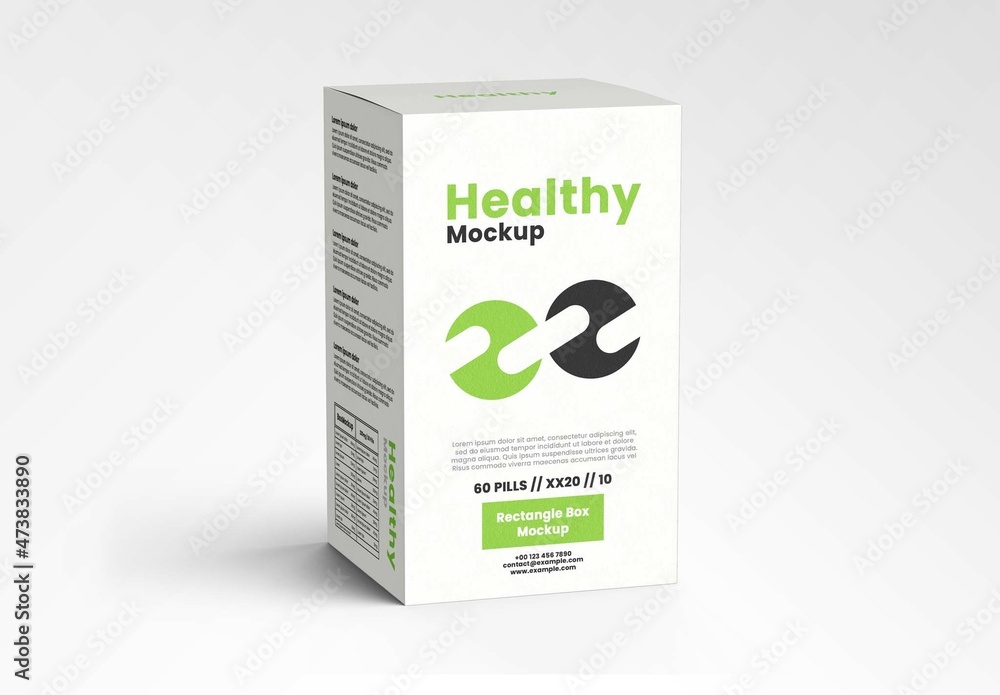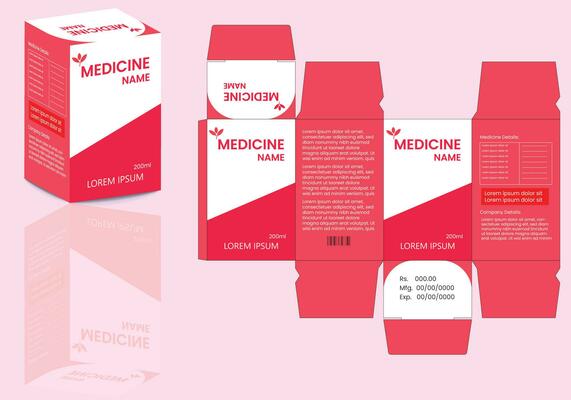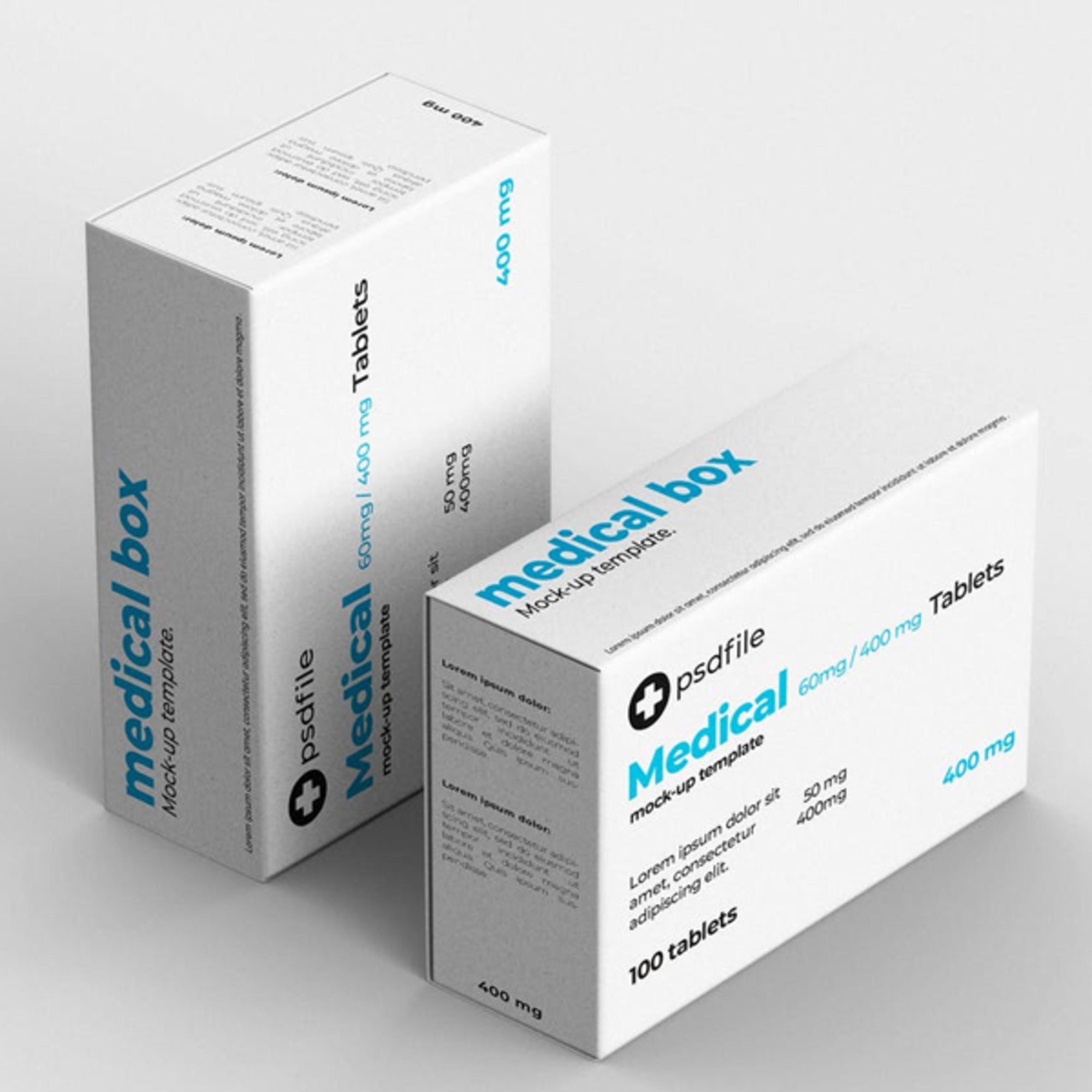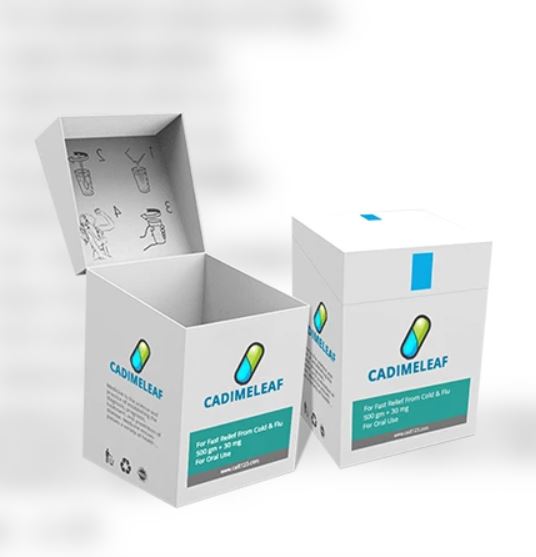- All
- Product Name
- Product Keyword
- Product Model
- Product Summary
- Product Description
- Multi Field Search
Views: 204 Author: XianDa Publish Time: 2024-12-12 Origin: Site

Content Menu
● Retro Medicine Box: A Journey Through Time and Health
● The Nostalgic Charm of Vintage Pharmaceutical Packaging
● The Evolution of Medicine Packaging
>> The Birth of the Medicine Box
>> The Golden Age of Retro Design
● The Art and Science of Retro Medicine Box Design
>> Typography and Color Palettes
>> Iconography and Illustrations
● The Role of Medicine Paper Box Factories
>> Customization and Innovation
● The Collectors' Market for Retro Medicine Boxes
>> Popular Collecting Categories
● The Influence of Retro Medicine Boxes on Modern Design
>> Case Studies: Retro Revival in Modern Branding
● The Future of Pharmaceutical Packaging
>> The Role of Medicine Paper Box Factories in the Future
● The Cultural Impact of Retro Medicine Boxes
>> Retro Medicine Boxes in Art and Media
● Conclusion: The Timeless Appeal of Retro Medicine Boxes
In an era of sleek, modern design, there's something undeniably captivating about the retro medicine box. These vintage pharmaceutical containers not only stored vital remedies but also served as time capsules, preserving the aesthetic and cultural values of bygone eras. Today, we embark on a fascinating exploration of these nostalgic artifacts, delving into their history, design evolution, and enduring appeal.
The story of medicine packaging begins centuries ago, with ancient civilizations using various materials to store their healing concoctions. From clay pots to glass vials, the containers evolved alongside medical knowledge. In ancient Egypt, for instance, medicines were often stored in alabaster jars, while the Greeks and Romans favored ceramic containers.
The 19th century saw the rise of the medicine box as we know it today. As the pharmaceutical industry grew, so did the need for standardized, portable, and protective packaging for medicines. This era marked the transition from apothecary-prepared remedies to mass-produced pharmaceuticals, necessitating more efficient packaging solutions.
The mid-20th century ushered in what many consider the golden age of retro medicine box design. This period, spanning from the 1940s to the 1970s, saw an explosion of creativity in packaging design. It was during this time that many iconic brands established their visual identities, which continue to influence modern design.
The Art and Science of Retro Medicine Box Design
Retro medicine boxes often featured bold, eye-catching typography and vibrant color schemes. These design choices not only made the products stand out on pharmacy shelves but also conveyed a sense of modernity and scientific progress. Sans-serif fonts became increasingly popular, symbolizing clarity and efficiency.
Collage of retro medicine box typography
Many vintage medicine boxes incorporated intricate illustrations or simple yet effective icons to communicate the product's purpose or benefits. These visual elements often reflected the artistic styles of their respective eras, from Art Deco to Pop Art influences.
The choice of materials played a crucial role in the overall aesthetic and functionality of retro medicine boxes. From sturdy cardboard to tin containers, each material offered unique advantages and contributed to the tactile experience of handling these vintage items. The texture of the packaging became an integral part of the brand identity.
Various materials used in retro medicine boxes
The production of retro medicine boxes was a specialized industry, with dedicated medicine paper box factories playing a crucial role in bringing these designs to life. These factories combined craftsmanship with industrial efficiency to meet the growing demand for pharmaceutical packaging.
Medicine paper box factories employed a range of techniques to create the distinctive look and feel of retro medicine boxes:
1. Die-cutting: Precision cutting of cardboard into specific shapes and sizes.
2. Embossing and debossing: Creating raised or recessed designs on the packaging surface.
3. Foil stamping: Applying metallic or pigmented foil for a luxurious finish.
4. Offset printing: Producing high-quality, detailed graphics and text.
Medicine paper box factory production line
As the pharmaceutical industry expanded, medicine paper box factories became hubs of innovation, constantly developing new designs and customization options to help brands stand out in an increasingly competitive market. These factories worked closely with pharmaceutical companies to create packaging that not only protected the product but also communicated its benefits effectively.
Today, vintage medicine boxes have found a new life as sought-after collectibles. Enthusiasts around the world seek out these nostalgic items for their historical value, artistic merit, and connection to the past. The collectors' market has grown significantly in recent years, with rare and well-preserved specimens fetching impressive prices at auctions and antique shops.
- Art Deco medicine boxes
- Mid-century modern designs
- Apothecary chests and cabinets
- Brand-specific collections (e.g., Bayer, Vicks, Alka-Seltzer)
Retro medicine box collection display
Collectors of retro medicine boxes must take special care to preserve these delicate artifacts. Proper storage, handling, and display techniques are essential to maintain the condition and value of vintage pharmaceutical packaging. Experts recommend storing boxes in acid-free environments, away from direct sunlight, and handling them with clean, dry hands to prevent degradation.


The enduring appeal of retro medicine box design continues to inspire contemporary packaging and graphic designers. Many modern brands have embraced vintage-inspired aesthetics to evoke nostalgia and stand out in today's crowded marketplace. This retro revival has led to a resurgence of interest in traditional manufacturing techniques and a renewed appreciation for the craftsmanship of the past.
Several successful brands have leveraged the charm of retro medicine box design in their contemporary packaging:
1. Smith's Rosebud Salve: This iconic lip balm has maintained its vintage tin packaging for over a century, becoming a cult favorite among beauty enthusiasts.
2. Kiehl's: The apothecary-inspired packaging of this skincare brand pays homage to its 1851 origins while appealing to modern consumers.
3. Burt's Bees: With its simple, vintage-inspired design, Burt's Bees has built a strong brand identity rooted in natural ingredients and nostalgic charm.
As we look to the future, the pharmaceutical industry faces new challenges and opportunities in packaging design. While modern medicine paper box factories continue to innovate with sustainable materials and smart packaging technologies, the lessons learned from retro medicine box design remain relevant.
1. Eco-friendly materials: Biodegradable and recyclable packaging options are becoming increasingly important as consumers and regulators demand more sustainable solutions.
2. Smart packaging: Integration of QR codes, NFC tags, and other technologies to enhance patient engagement and medication adherence. These innovations allow for real-time tracking and improved communication between patients and healthcare providers.
3. Personalization: Customized packaging designs tailored to individual patients or specific medical conditions. This trend reflects the growing focus on personalized medicine and patient-centric care.
4. Minimalist aesthetics: A return to simpler, cleaner designs that prioritize clarity and ease of use. This approach combines the best of retro simplicity with modern functionality.
Futuristic pharmaceutical packaging concepts
As the pharmaceutical packaging industry evolves, medicine paper box factories are adapting to meet new demands. These facilities are investing in advanced technologies such as 3D printing, digital printing, and automated quality control systems to produce packaging that meets both aesthetic and functional requirements. The integration of sustainable practices and materials is also becoming a priority for many factories.

Beyond their practical function, retro medicine boxes have left an indelible mark on popular culture. They have been featured in movies, television shows, and art installations, often symbolizing nostalgia or serving as visual shorthand for specific time periods. The iconic designs of certain brands have become cultural touchstones, recognized even by those who never used the products themselves.
Artists and designers have drawn inspiration from vintage pharmaceutical packaging, incorporating elements into their work or creating entire pieces dedicated to these nostalgic items. Museums and galleries have hosted exhibitions showcasing the artistic merit and historical significance of retro medicine boxes, further cementing their place in cultural history.
Art installation featuring retro medicine boxes
As we've explored throughout this article, retro medicine boxes are more than just containers for pharmaceuticals. They are windows into the past, showcasing the evolution of design, manufacturing, and healthcare over the decades. From the craftsmanship of medicine paper box factories to the artistic flair of mid-century designers, these vintage artifacts continue to captivate collectors, inspire modern brands, and remind us of the rich history of medicine and packaging design.
Whether you're a collector, a design enthusiast, or simply someone who appreciates the nostalgia of bygone eras, the world of retro medicine boxes offers a fascinating glimpse into the intersection of art, science, and culture. As we look to the future of pharmaceutical packaging, we can draw valuable lessons from these vintage designs, balancing innovation with the timeless principles of clarity, functionality, and aesthetic appeal.


The enduring legacy of retro medicine boxes serves as a testament to the power of thoughtful design and the importance of preserving our cultural heritage. In an age of rapid technological advancement, these vintage artifacts remind us of the value of craftsmanship, attention to detail, and the human touch in creating objects that stand the test of time.
1. Q: What makes a medicine box considered "retro"?
A: A medicine box is typically considered retro if it was produced between the 1940s and 1970s, featuring design elements characteristic of that era such as bold typography, vibrant colors, and distinctive illustrations.
2. Q: How did medicine paper box factories contribute to the development of retro medicine box designs?
A: Medicine paper box factories played a crucial role in bringing retro designs to life by combining craftsmanship with industrial efficiency. They employed various techniques such as die-cutting, embossing, and offset printing to create distinctive packaging that met the growing demand of the pharmaceutical industry.
3. Q: Are vintage medicine boxes safe to collect and display?
A: While many vintage medicine boxes are safe to collect and display, it's important to handle them carefully and be aware of any potential hazards. Some older boxes may contain traces of medications or harmful materials, so it's best to clean them thoroughly and avoid storing food or modern medicines in them.
4. Q: How has the design of medicine boxes evolved from retro styles to modern packaging?
A: Modern medicine packaging has evolved to prioritize functionality, safety, and regulatory compliance while often drawing inspiration from retro designs. Contemporary boxes may incorporate smart technologies, sustainable materials, and minimalist aesthetics while still paying homage to vintage styles in some cases.
5. Q: What are some tips for starting a collection of retro medicine boxes?
A: To start collecting retro medicine boxes, begin by researching different eras and styles that interest you. Attend antique fairs, visit flea markets, and explore online marketplaces specializing in vintage items. Always verify the authenticity of pieces and consider factors such as condition, rarity, and historical significance when building your collection.